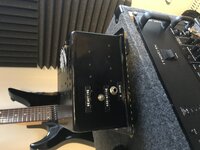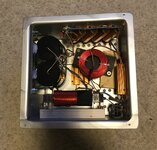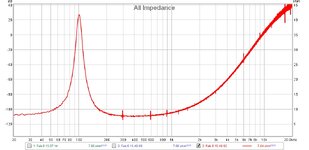nightlight
Well-known member
Hey, just wondering whether I should look into a better reactive loadbox in 2023.
Currently using a Fryette PS-2, and while it is hands down the best attenuator-and-transparent power amp combo on the market, I have been wondering whether the reactive loadbox part of this amazing device is so transparent, it makes my guitars and amps sound a bit too hi-fi and unnatural.
I noticed that not a lot of people use it for this purpose really, so that’s another sign.
What are you guys using as a loadbox? I am considering getting another Suhr one (used to have two of the non-IR ones) based on price, but am also looking into devices like the Red Seven Amp Central and the UAD OxBox.
I wasn’t too keen on the TwoNotes ones, because I’ve heard the reactive load isn’t too great, but maybe that’s hearsay. I also ruled out the Boss TAE as I figured it would have the same problem as the Fryette I have. Just speculation though.
Anything else I should consider? Suhr the safest bet?
Or should I just stick to the Fryette?
Currently using a Fryette PS-2, and while it is hands down the best attenuator-and-transparent power amp combo on the market, I have been wondering whether the reactive loadbox part of this amazing device is so transparent, it makes my guitars and amps sound a bit too hi-fi and unnatural.
I noticed that not a lot of people use it for this purpose really, so that’s another sign.
What are you guys using as a loadbox? I am considering getting another Suhr one (used to have two of the non-IR ones) based on price, but am also looking into devices like the Red Seven Amp Central and the UAD OxBox.
I wasn’t too keen on the TwoNotes ones, because I’ve heard the reactive load isn’t too great, but maybe that’s hearsay. I also ruled out the Boss TAE as I figured it would have the same problem as the Fryette I have. Just speculation though.
Anything else I should consider? Suhr the safest bet?
Or should I just stick to the Fryette?
Last edited:











